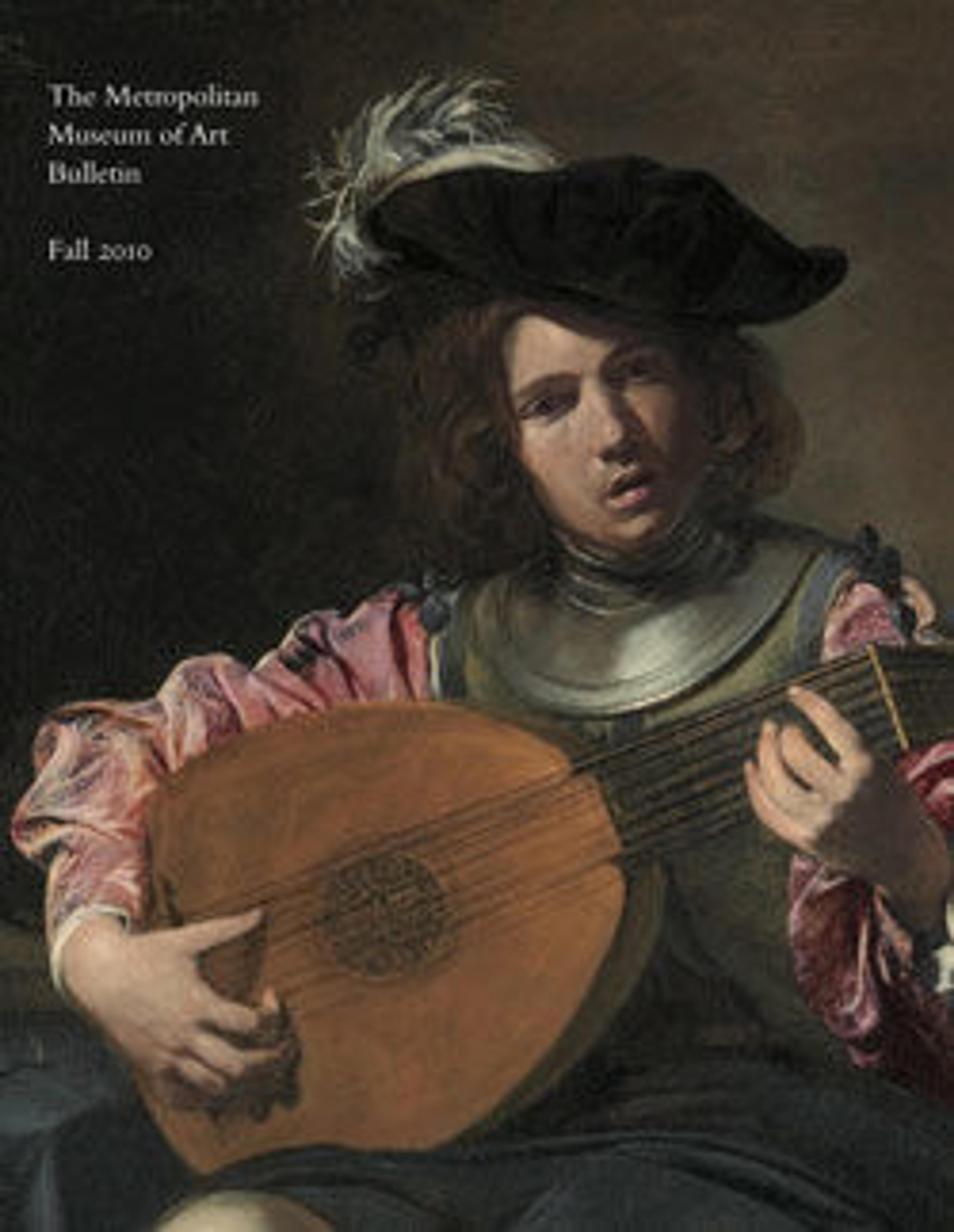Ceremonial Textile (Sarita)
Among the Toraja people of Sulawesi Island in Indonesia, each family owns a variety of sacred textiles. One of the most versatile types is the sarita, a long, narrow cloth used in diverse ways, depending on ritual context and local tradition. During some rites, the Sa'dan Toraja, in the northern highlands, hang sarita from the gables of the ancestral clan house (tongkonan) as ceremonial banners. The Sa'dan and the Mamasa Toraja, in the eastern part of the district, use sarita in rituals connected both with the east (associated with life, vitality, and fertility) and the west (associated with death and funerary rites). In one fertility rite, a circle of eight women are united physically and supernaturally by a sarita draped around their shoulders. At funerals, sarita can be worn as headcloths by prominent people, placed on the dead, or used to dress the tau-tau, a wooden effigy representing the deceased. In the Kulawi area, sarita serve as festive garments, worn as waistcloths by men or stitched together to form voluminous women's skirts. The geometric motifs on sarita resemble the design carved on the wood facades of tongkonan and rice barns. The stylized water buffalo on this example, the most prestigious animal for ritual sacrifices, symbolizes the owners' high social status.
Artwork Details
- Title:Ceremonial Textile (Sarita)
- Date:19th–early 20th century
- Geography:Indonesia, Sulawesi
- Culture:Toraja
- Medium:Cotton
- Dimensions:W. 10 1/4 in. × L. 16 ft. (26 × 487.7 cm)
- Classification:Textiles-Woven
- Credit Line:Gift of Thomas Murray, in honor of the Department of the Arts of Africa, Oceania, and the Americas, 2009
- Object Number:2009.501.6
- Curatorial Department: The Michael C. Rockefeller Wing
More Artwork
Research Resources
The Met provides unparalleled resources for research and welcomes an international community of students and scholars. The Met's Open Access API is where creators and researchers can connect to the The Met collection. Open Access data and public domain images are available for unrestricted commercial and noncommercial use without permission or fee.
To request images under copyright and other restrictions, please use this Image Request form.
Feedback
We continue to research and examine historical and cultural context for objects in The Met collection. If you have comments or questions about this object record, please contact us using the form below. The Museum looks forward to receiving your comments.
